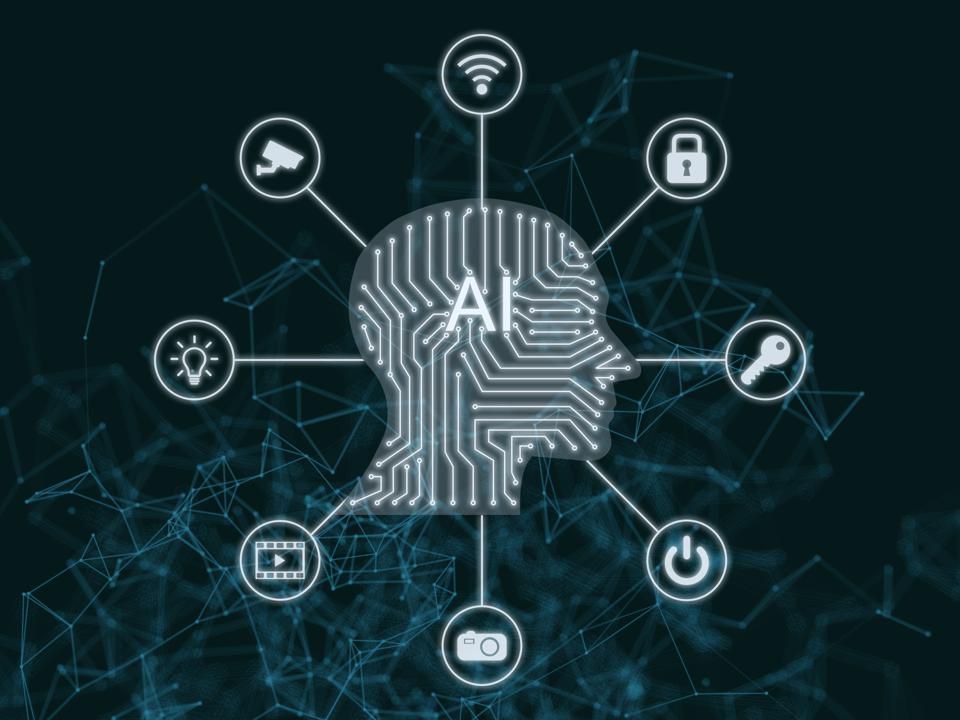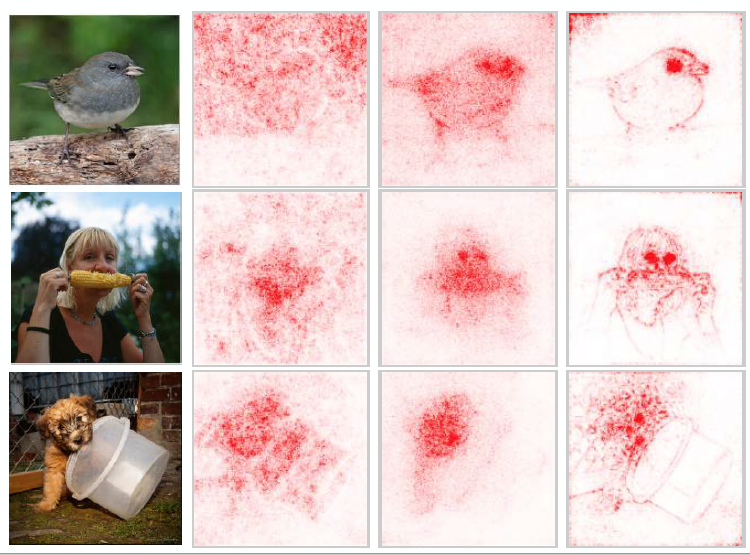 By TechTalks -
2021-01-04
By TechTalks -
2021-01-04
Semi-supervised learning helps you solve classification problems when you don't have labeled data to train your machine learning model.
 By KDnuggets -
2020-12-15
By KDnuggets -
2020-12-15
An extensive overview of Active Learning, with an explanation into how it works and can assist with data labeling, as well as its performance and potential limitations.
 By IBM Research Blog -
2021-01-26
By IBM Research Blog -
2021-01-26
Teams from IBM labs in Haifa and Dublin have developed software to help assess privacy risk of AI and reduce the amount of personal data in AI training.
 By OpenAI -
2021-01-05
By OpenAI -
2021-01-05
We’re introducing a neural network called CLIP which efficiently learns visual concepts from natural language supervision.
 By The Gradient -
2020-11-21
By The Gradient -
2020-11-21
A broad overview of the sub-field of machine learning interpretability; conceptual frameworks, existing research, and future directions.
 By Medium -
2020-07-25
By Medium -
2020-07-25
A Visual Guide to Learning Data Science











